What does the term " Indigenous People mean? "mean?
Have you ever thought about the term ' indigenous people 'and wondered what it really means? Do not worry, you are not the only one. On a daily basis, we use many such words that we know nothing about, but use them anyway.
In this blog I will guide you through the basic knowledge of some of the first humans on different continents. I will try my best to keep it as simple as possible, but sometimes the names and terms can go over your head. The old languages and their jargon can be a little confusing. But try to keep up, and I'll make sure you're informed.
According to international law, the term "indigenous peoples" refers to the people whose ancestors inhabited the land long before the newcomers arrived and claimed ownership of their ancestral land.
By doing so, whether through trade or power, outsiders become the ordinary citizen over time, dominating the number of first people of that country.
Indigenous people tend to have their own culture, tradition and their own divine ways of worship. Indigenous peoples have their own worldview and lifestyles.
Currently, in 70 countries, around 370 million people claim to be indigenous peoples around the world. There are more than 5,000 groups that identify as original who have survived the time test from earlier times. About 4,000 languages are known to be of indigenous heritage.
The problem with the aftermath of colonization is that it caused the rapid decline of indigenous culture around the world. Not only that, many of the indigenous peoples around the world are treated as second-class citizens in some places.
When you do a thorough research on the subject, you will become familiar with the horror stories associated with ancestral lands being taken over from the hands of the first humans in that land.
If you actually wanted to offer a polite nod to the indigenous people and their culture, this is the term you should use instead of using the term "aboriginal".
Indigenous peoples around the world:
Asia
Ainu -folk i Japan
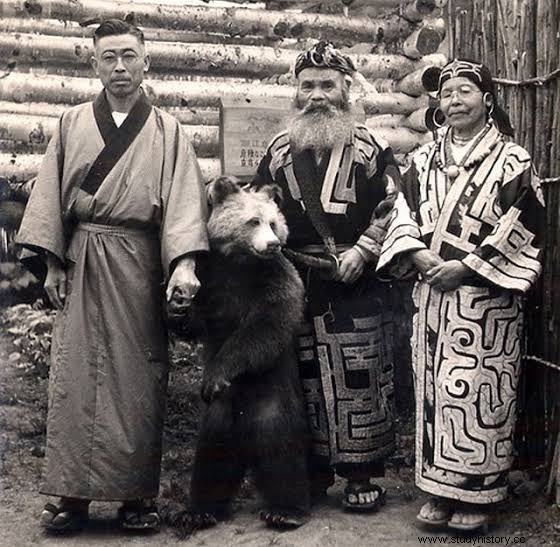
Most of the Ainu people are currently found in Sakhalin, Russia, and Hokkaido, Japan
Hokkaido has been referred to as "Ainu Moshiri" (Ainus land), by those from antiquity. The Ainu lived their days hunting, nourishing, and gathering food for their tribes.
Fishing was also an important source of food, as well as part of the habits of the Ainu people.
This indigenous people of Japan lived mainly along the south coast. They also used to trade with the Japanese people from time to time.
A strong difference happened about 150 years ago.
Have you heard of Meiji Restoration ?
Little by little, people from Japan trickled into Hakkaido Island and slowly but surely became the dominant figure, as is often seen in any colonization.
The previous Hokkaido Protection Act of 1899 did the opposite of how it sounds. Instead of being a policy of helping the indigenous people, it forced the indigenous people to move from their ancestral lands to the wastelands of the central part of the island.
To this day, it is known as one of the well-known abuses of government power against the first people in any country.
Similar indigenous tribes
• the Assyrians in the Middle East (Aramaic-speaking Christians)
• The Miao and Hmong in southern China, Laos and Thailand
• The Kurds of Iraq, Iran, Syria, Turkey and parts of the former Soviet Union
Union
Africa
! Kung San in the Kalahari Desert
To get to know King San in the Kalahari Desert, you need to know about the San people (or Saan).
San / Saan / Bushmen:
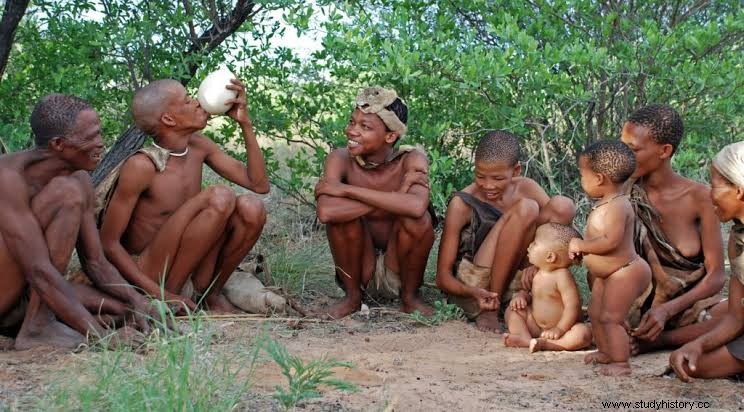
Sometimes referred to as the Bushmen or Saan, they are one of the most archaic indigenous peoples on planet earth.
San is known for speaking some of the ancient native tongues, such as Khoe, Kx'a and Tuu. Their main method of providing food for the families and tribes consisted of hunting and gathering.
If you do a little research on the San people, you will come to know that they are recognized as the first nations in South Africa.
The Bushmen territories range from Nambia, Botswana, Angola, South Africa to Zimbabwe and Zambia, with Botswana comprising the highest percentage of San people of all nations.,
What does the term 'San' mean?
Like many historical terms, the term San also has a meaning.
Although it is not the kind of deep depth you may be looking for the ancient indigenous peoples around the world, but who is known for being simplified and practical with its nomenclature.
The term is a term for Hunter collectors without material or sustainable wealth. Saa literally stands for "picking up from the ground" (from khoekhoe) and -n is a plural inserted from the haillom dialect.
However, keep in mind that they prefer to be called with the terms that indicate their nations as! King, instead of being lumped together under one concept (San)
! Kung San People
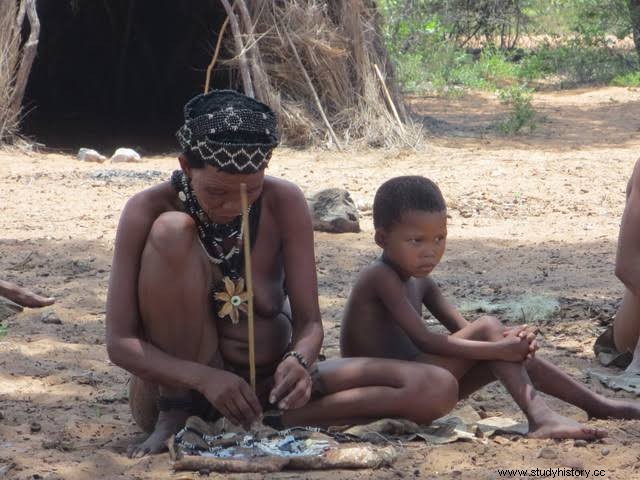
! The Kung people are known to live mainly around the western periphery of the Kalahari Desert, and are one of the San people. Their territory extends from Ovamboland, western Kalahari and Botswana.
Most of! The Kung people live in the European ranchers and the Bantu pastoralist villages.
Like the word San has! King its own meaning. Yes and! Kung (! Xun) both mean "humans" in the end.
! Kung San-culture
Although indigenous societies can be practical in makeup, their depth remains unexplored which you can only know by spending some time with them.
• Rituals for healing
Rituals for healing are well known cultural aspect by! The King people.
Among! King, there is a perception that health either physically or mentally is a fairly important aspect of harmony in their tribe. This led to the appointment of healers in their community.
The interesting thing about this is that almost everyone among their number can become a healer. It is an open position that can be filled by any member of the members as long as they first succeed in trying apprenticeships from their older healers.
• Faith and shamanism;
! The Kung people have their own religious beliefs and worldview. You may think it is different from the rest of the world, but if you really understand concepts about religions, you must already know that almost everyone focuses on the concept of a higher power. (Ie a deity)
! The King people believe in a divine being with the power and responsibility of creation, as well as the maintenance of life on earth.
The spirits of the dead are considered divine and leading supernatural forces in the faith of the King people.
Similar
• Berbers of Morocco
Hadza people of Tanzania
Australia
Indigenous people and Torres Strait Islanders in Australia
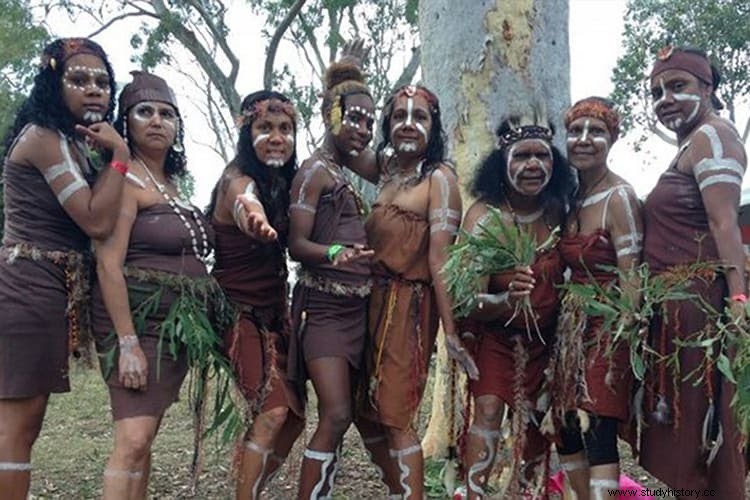
Indigenous people can be considered as one of the most remarkable things about Australian tourism. The fact is, however, that barely four per cent of Australian society can be considered indigenous.
It is one of the oldest living that exists to date. It is known to have existed about 50,000 XNUMX years ago.
While mainland Australia as a whole is believed to be an Aboriginal country, the islanders (ie Torres Strait Islanders) have their own kind of cultural traditions, worldview and connection to their country.
Saltwater people ( Larrakia ) -
The indigenous Australian communities that once existed surrounded by seawater refer to themselves as saltwater peoples. Instead of being referred to as Aboriginal or before becoming known by their individual names, the indigenous people may ask you to know them in their home country.
Freshwater people-
The first people in Australia to live around rivers and nutrient-rich fields prefer to be known as freshwater people.
Desert People-
The indigenous people who found a way to survive in one of the most extreme environments on planet earth are called the desert people.
To learn more about Indigenous people and the Torres Strait Islanders in Australia, learn more here.
Similar indigenous culture—
• Maori of New Zealand
Europe and America
Indians of the United States
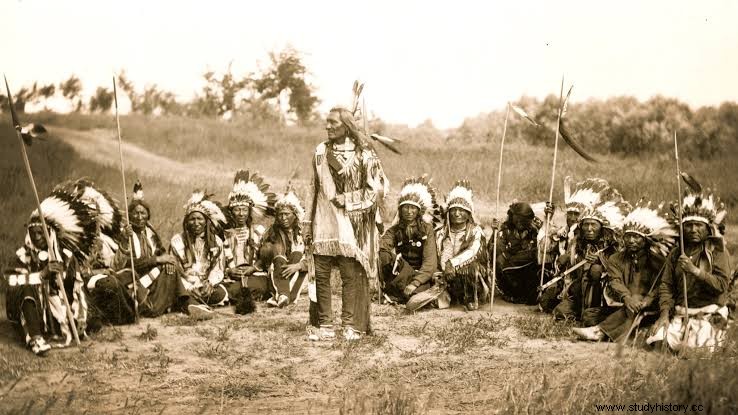
When people believe that American Indians, the indigenous people of the Eskimos or the Western Hemisphere and the Aleutians are usually excused from this overview. There is, of course, an interesting reason behind that.
Did you know that American Indians, also known as Indians, Indigenous peoples, Indians or Amerind, have a closer genetic relationship with the Arctic people, instead of the indigenous people in the south? You can also find cultural similarities between them.
The American Indians were a people with nomadic habits, who collected and hunted their food from antiquity.
Ancestors of American Indians roamed from Asia to North America during the ice age.
It is said that about 30,000 XNUMX years ago the two continents were connected by a gap, caused by extremely low sea levels during that time. The agricultural bridge of natural origin connected two places that are today known as Siberia and Alaska.
Some of the indigenous tribes made their way to the southern region of the Pacific coast, and some others chose to move toward the glacier-free region. They meandered through the middle of the country now known as Canada.
Although it is known that both of these places were chosen as their travel destinations used by indigenous peoples, the roads themselves have been washed away and destroyed by natural events throughout this time.
The cultural diversity of Indians can be found in countless varieties all over the country. From their lifestyle to their clothing, art forms to the worldview of indigenous peoples, their way of life and religious beliefs, Indians make their own impression. It can be said to be clearly different from the other indigenous communities around the world.
Even among the Indians, one finds various cultural aspects that give them their diversity. Some of these traditional characteristics can be said to be their hierarchical social structure, their interest in salmon fishing and similar beliefs in the spirits of the oldest ancestors, etc.
Similar indigenous culture—
• First Nations and Métis of Canada
• Mayans in Guatemala and Mexico
There are many indigenous communities around the world that continue to practice the old ways.
In the next blog I will try to shed light on the finer details of some of the more withdrawn indigenous tribes around the world.
Go on now, explorers, have fun , have a good trip!
